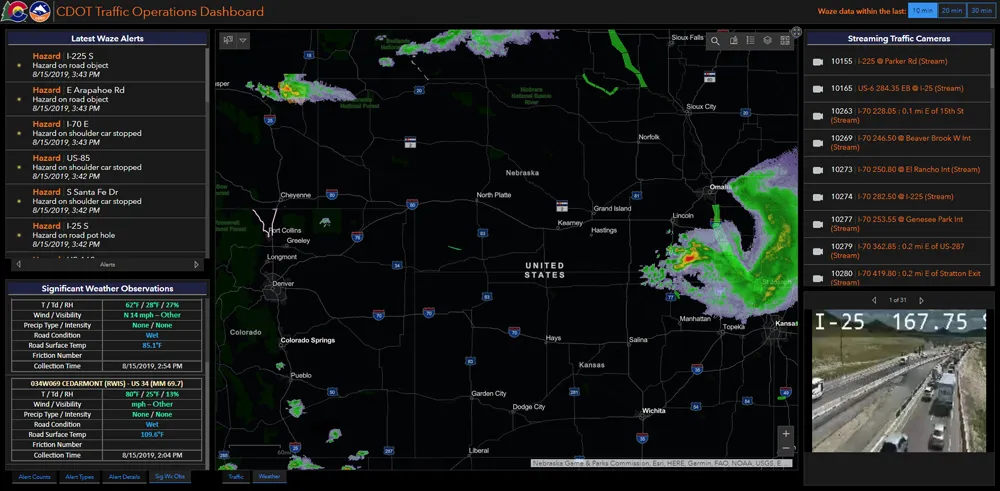Cambridge Pixel, a developer of primary radar, acquisition, processing and display solutions, has extended its product offering in radar display with the introduction of the SPx Radar Image Server (SPx-RIS). Developed to provide a cost-effective single-licence solution for point to multipoint radar display applications, it can distribute up to four scan-converted images to multiple display clients including standard web browsers or custom-written applications in Linux or Windows. No client license is requir
February 2, 2012
Read time: 2 mins
As David Johnson, managing director, Cambridge Pixel, explains, "The SPx Radar Image Server is designed for use in cost-sensitive security and traffic management applications, where, as a consequence of commodity pricing of radars, there is growing interest in integrating radar sensor data as part of any monitoring system." The Radar Image Server works by receiving the radar video in a server application and then creating up to four scan converted images for the radar coverage. This can be used to provide one image for full coverage of the radar and up to three additional images representing zoom views of selected areas.










